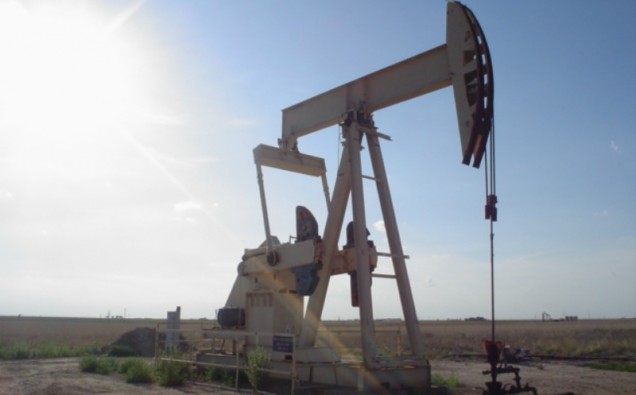
Global oil prices are unlikely to attain any semblance of stability in the near future, in spite of forecasts and estimates, as geo-strategic political compulsions and fears of losing market share continue to drive decisions on supplies.
Oil prices fell 3 percent at the start of the first week of May on reports output from the Organization of the Petroleum Exporting Countries (OPEC) rose to the highest in recent history in April, according to a Reuters survey.
The new data came a week after the World Bank raised its forecast for the crude oil for 2016 to $41 per barrel (bbl) from $37 /bbl in January, citing recent rebound in oil prices and expected supply tightening in the second half of the year.
If recent developments are any indications, anticipation of any squeeze in supplies later this year lurks on the border of speculation.
The latest data showed OPEC supplies in April rose to 32.64 million barrels per day causing the crude oil prices to shed 3 percent on May 2. Bearish sentiments were also supported by a report by market intelligence firm Genscape of a 821,969 barrel rise in stockpiles at the Cushing, Oklohoma delivery point for US West Texas Intermediate (WTI) crude futures during the week to April 29.
But just about a month ago, oil prices rose 5 percent after the Energy Information Administration (EIA) reported April 6 that crude oil stockpiles dropped by 4.9 million barrels in the preceding week.
Adding to uncertainty about the future supplies are the failure of world’s leading oil producers, including OPEC members, to come to an agreement about lowering production.
The April 17 meeting in Doha to freeze production at January levels collapsed after Saudi Arabia insisted Iran must also sign the deal. Tehran has said it would agree to such an agreement only after it regained market share it lost due to economic sanctions posed on the country for its nuclear program.
While it may take Iran weeks and even months to re-claim its lost market share, Saudi Arabia is unlikely to stay put and there is a growing likelihood the Kingdom will raise production to protect its market share.
The global oil market is in a tailspin causing prices to fall to as low as $25 a barrel this year from the peak of $115 in 2014. Prices have plummeted over supplies – 96 million barrels a day as against demand of 94 million barrels – and the current glut is likely to last until the end of 2017.
Oil prices rose from $25 in mid-January to more than $40//bbl in mid-April, partly because of outages in Iraq and Nigeria, and fall in US oil production in December, that led to the revised estimates of oil prices to $41 per barrel by the World Bank.
For the Bank, there are both upside as well and downside risks to price forecasts.
On the near-term upside risks, oil prices could go up if supplies from non-OPEC member countries decline. Five of the top 10 world produces are non-OPEC countries – Russia, the U.S., China, Canada and Mexico. A Reuter’s report quoted Fatih Birol, the executive director of the International Energy Agency, as saying that non-OPEC supply is set to drop by over 700,000 barrels per day in 2016.
A slow expansion of Iranian oil exports and risks of supply disruption among key OPEC producers – Iraq, Nigeria and Venezuela – due to internal conflict and financial conflicts could also drag prices above the projected level, the World Bank said, adding that higher global demand, especially for transport, could also help reduce the glut.
Downside risks, in which prices can drop below the projected $41 per barrel threshold, include weak demand and efforts by U.S. producers to sustain output and develop uncompleted wells. A large that expected increase in oil exports from Iran, and higher production from the rest of OPEC could help sustain the surplus.
Referring to the recent upward trend in oil prices, London-based Capital Economics, an economic research consultancy said in a report as quoted by Reuters that “We would not be surprised to see the rally pause for breath soon and feel that the risks currently lie more to the downside.”
The consultancy forecast the end-2016 prices, for both Brent (a major world oil prices benchmark) and WTI, at $45 per barrel.














